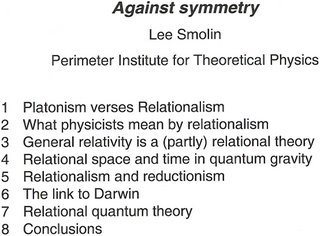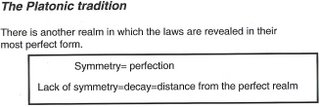O wonder!
How many goodly creatures are there here!
How beauteous mankind is! O brave new world,
That has such people in't.
 |
| Brave New World Revisited |
The allegorical relations that one might find to the subject of Brane is more then just the grey matter, but is an extreme version of a mathematical structure opening from an accumulation of previous mathematical structures. So the Brane New World is a idea behind revolutions(a Kuhnian thesis extrapolation) that takes place in abstract thinking and how relevant it is in the whole scheme of things.
From the Renormalization Group to Quantum Gravity:
To tell you the truth the unfolding of point, line, and plane(early drawings that I had, have since been lost) to me seemed logical as one moved to the idea of cylinders and brane as a extreme journey into an abstract space that few could follow. Even for myself. I did have these early visualizations long before string theory came into the picture that lead too, me seeing a version of the intersection of such brane. I wish I could find the drawing that I did so many years ago. Why this has always piqued my interest.
In the Kaluza-Klein picture, the extra dimensions are envisioned as being rolled up in compact space with a very small volume, with massive excited states called Kaluza-Klein modes whose mass makes them too heavy to be observed in current or future accelerators.
The braneworld scenario for having extra dimensions while hiding them from easy detection relies on allowing the extra dimensions to be noncompact, but with a warped metric that depends on the extra dimensions and so is not a direct product space. A simple model in five spacetime dimensions is the Randall-Sundrum model, with metric See: Kaluza-Klein in String Theory
I definitely do not understand it all but I do understand the historical journey. I am glad to see that such evolutions can help people move forward in the relationship of how one may look at physics approach.
Panel Discussion: D-branes: Tools of the Revolution
***
See Also:



































